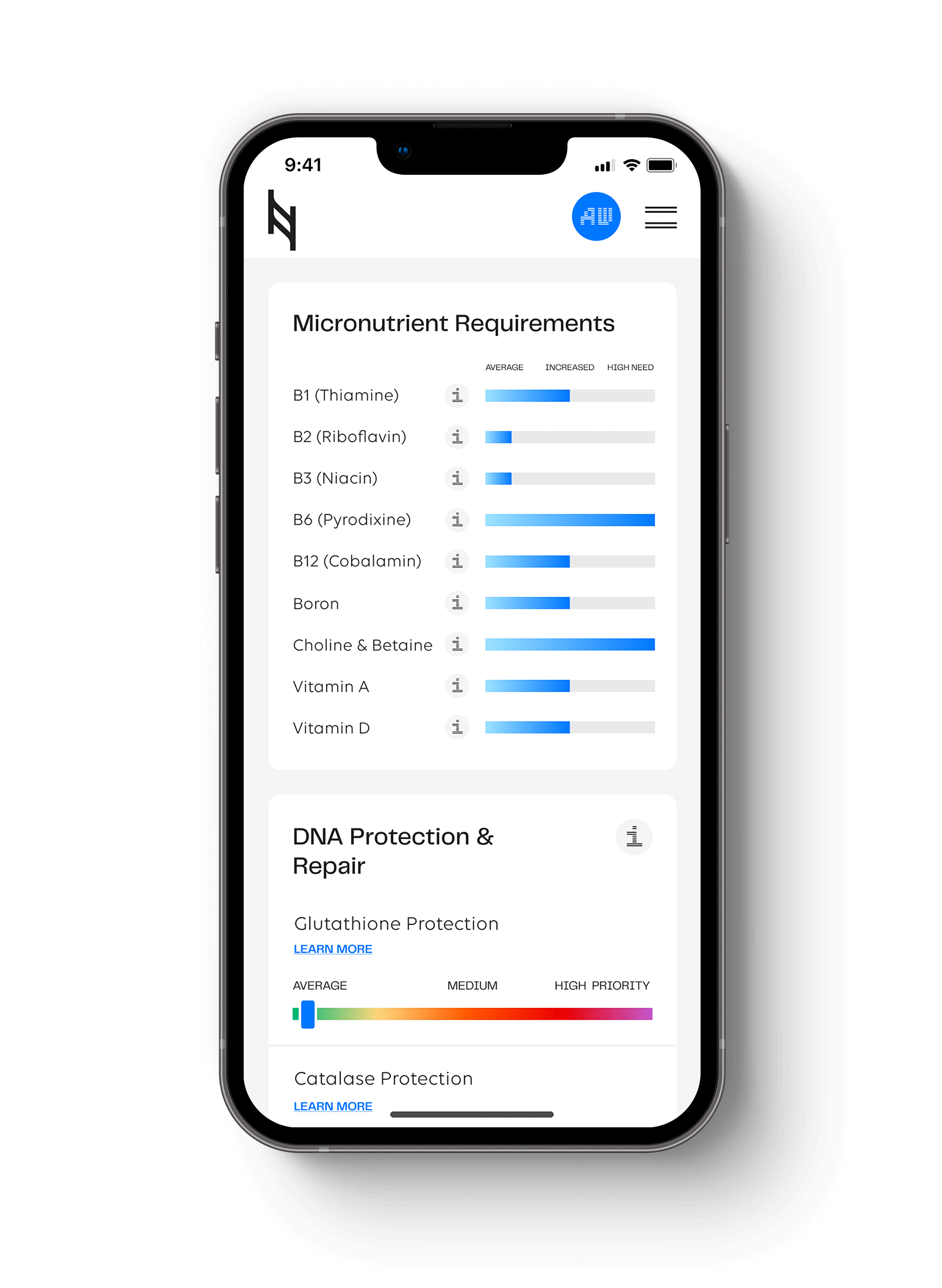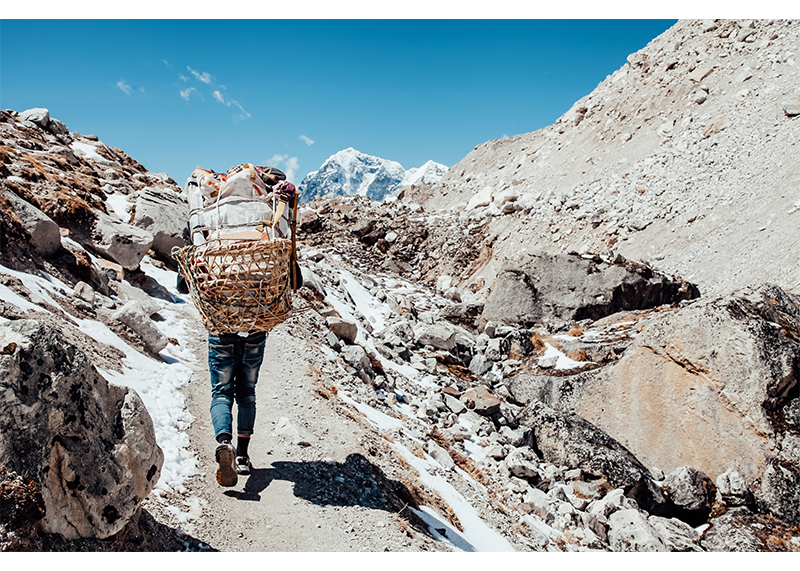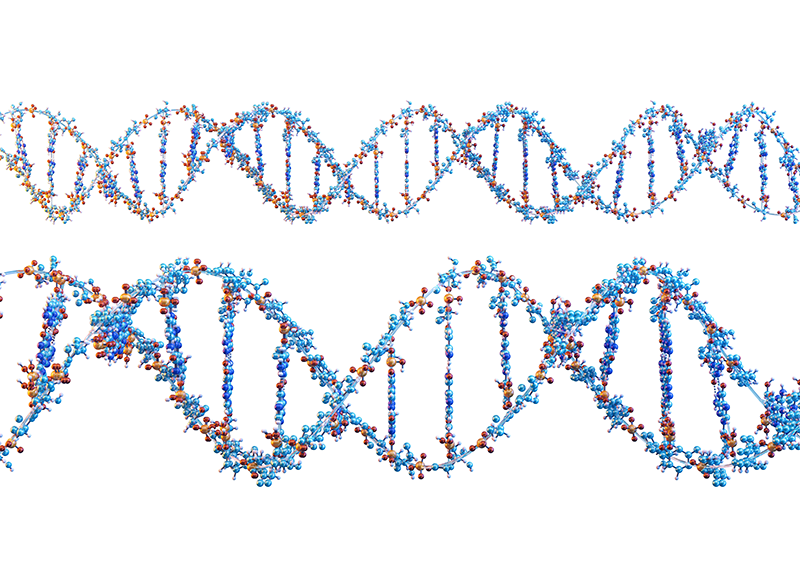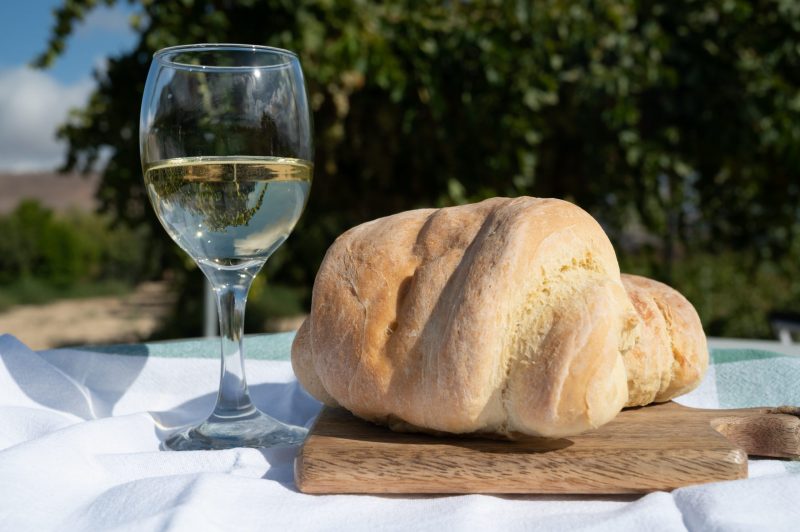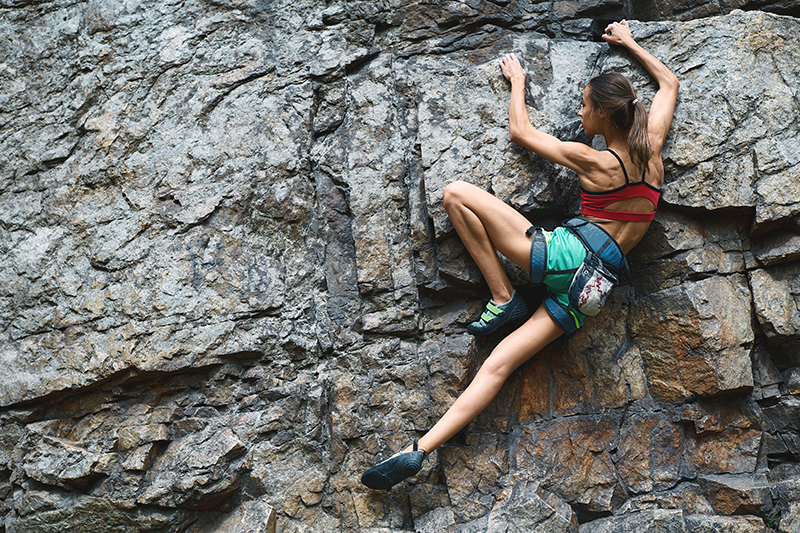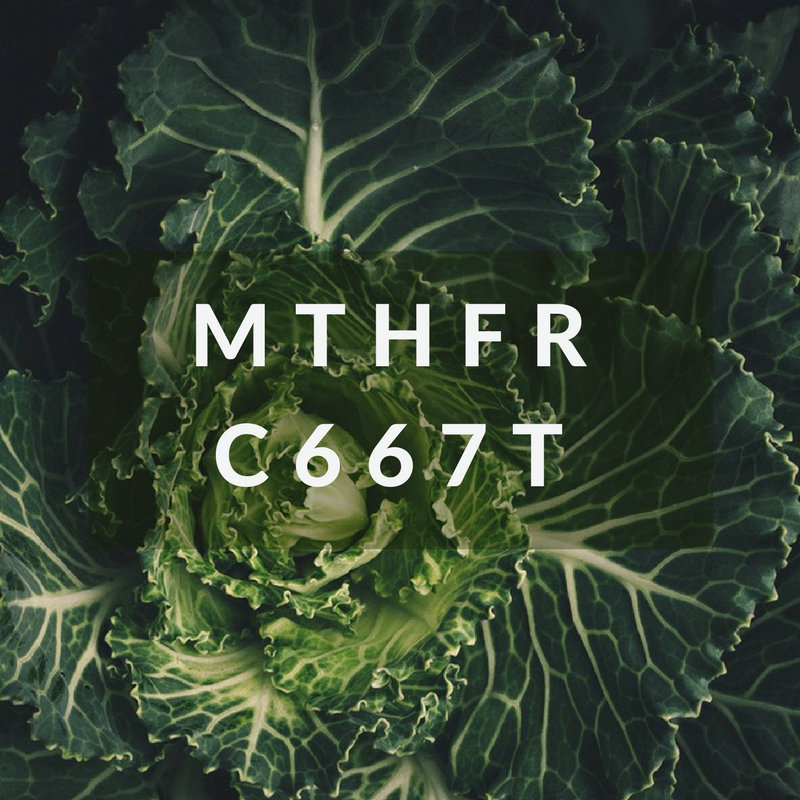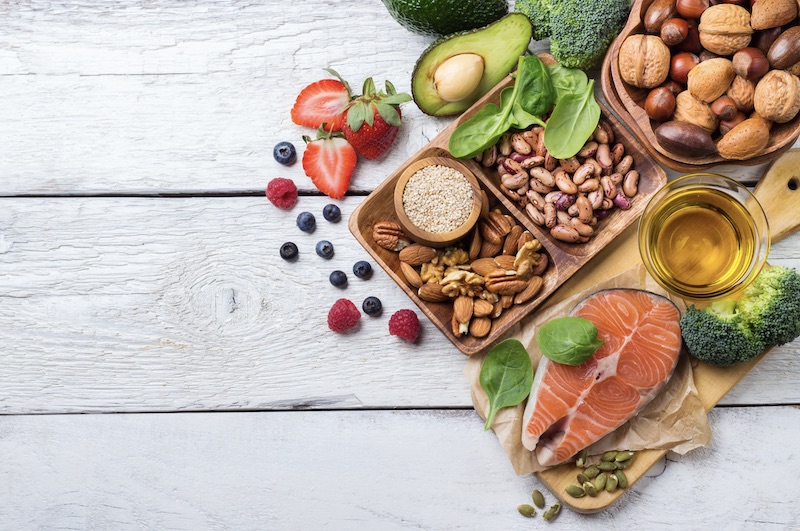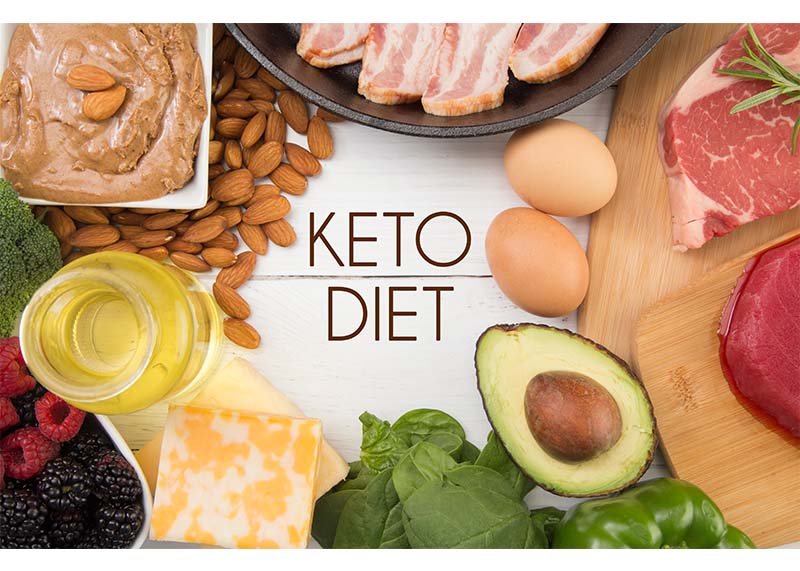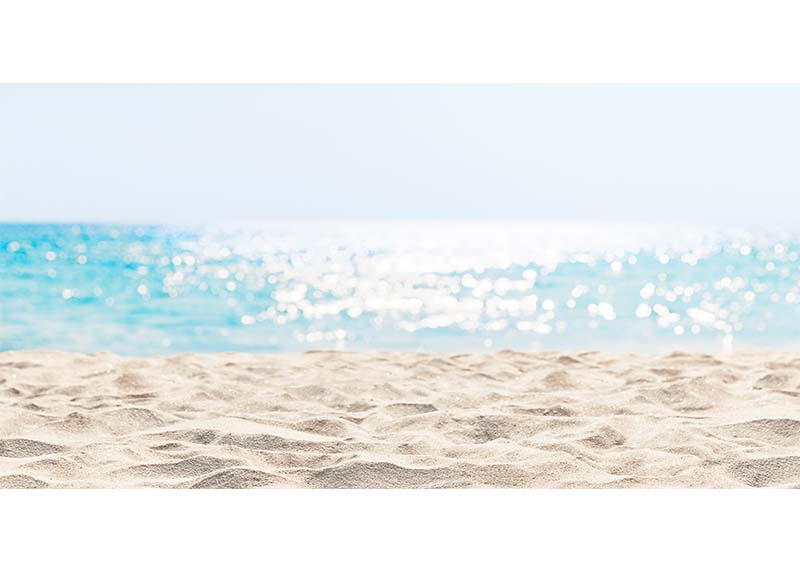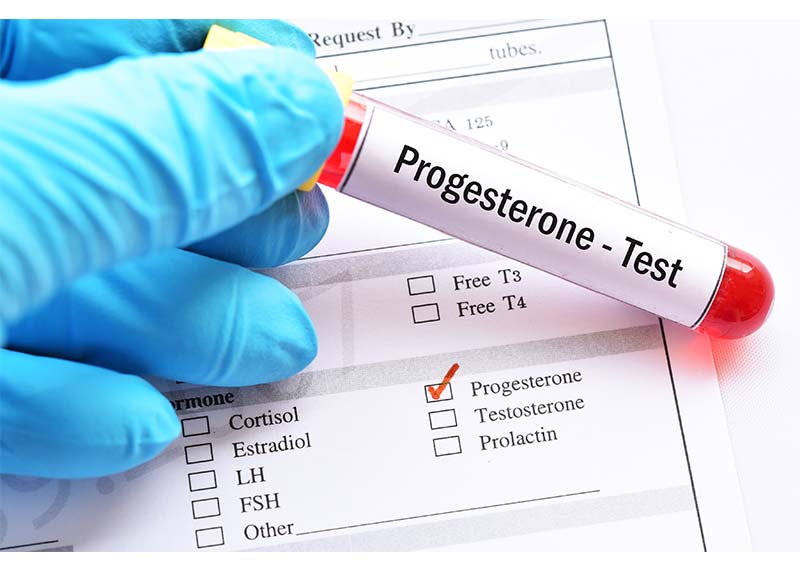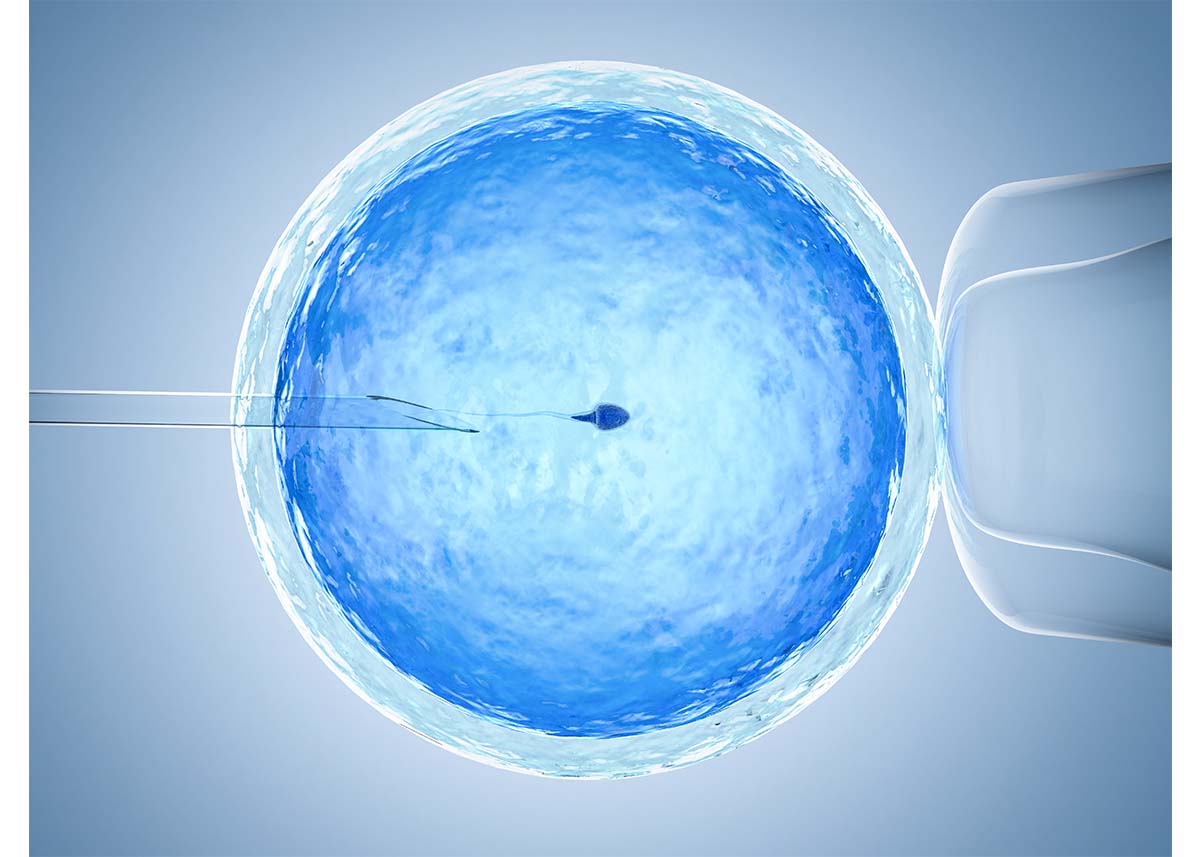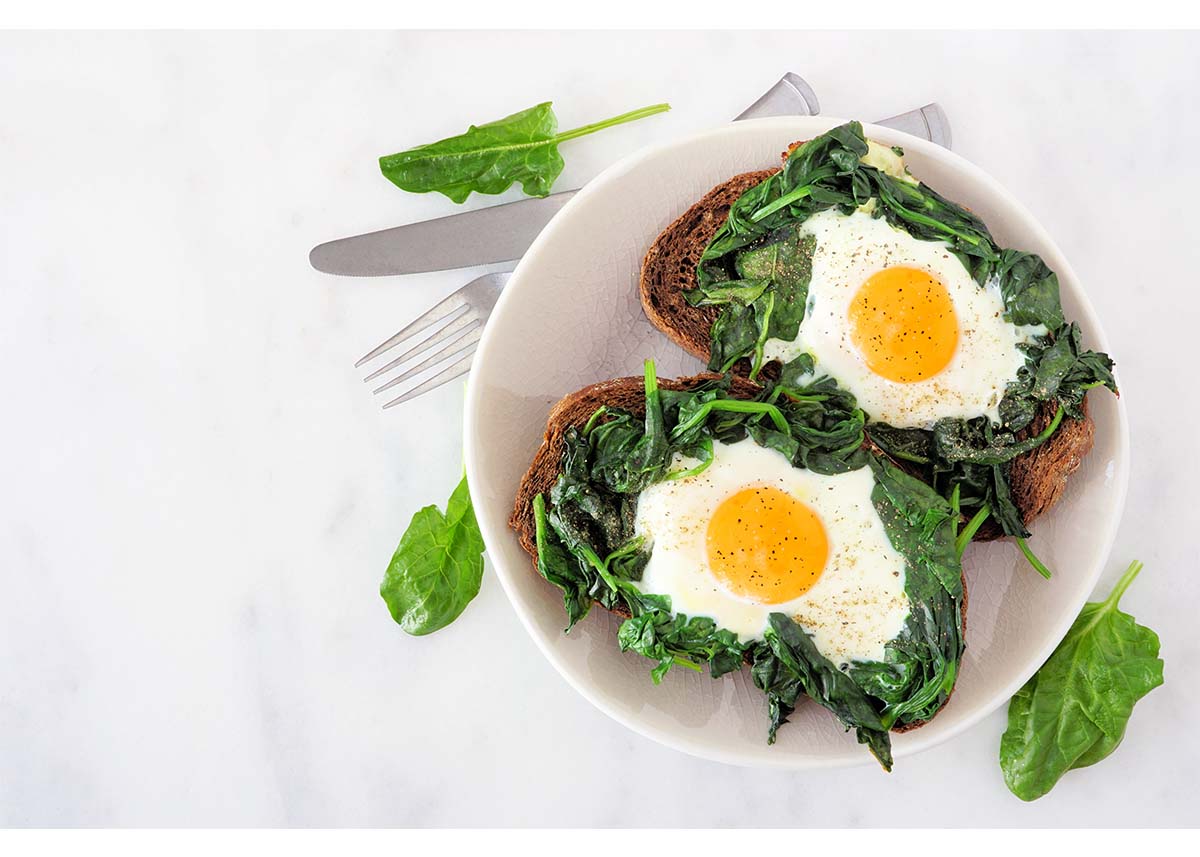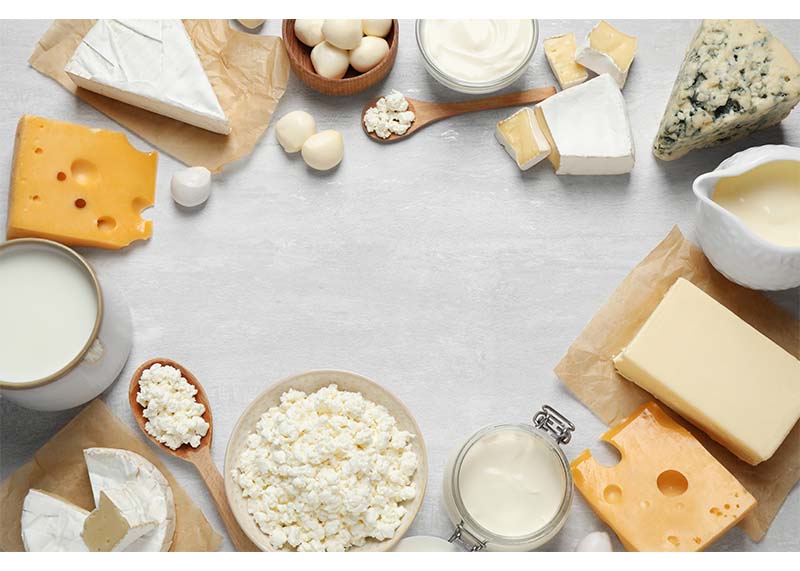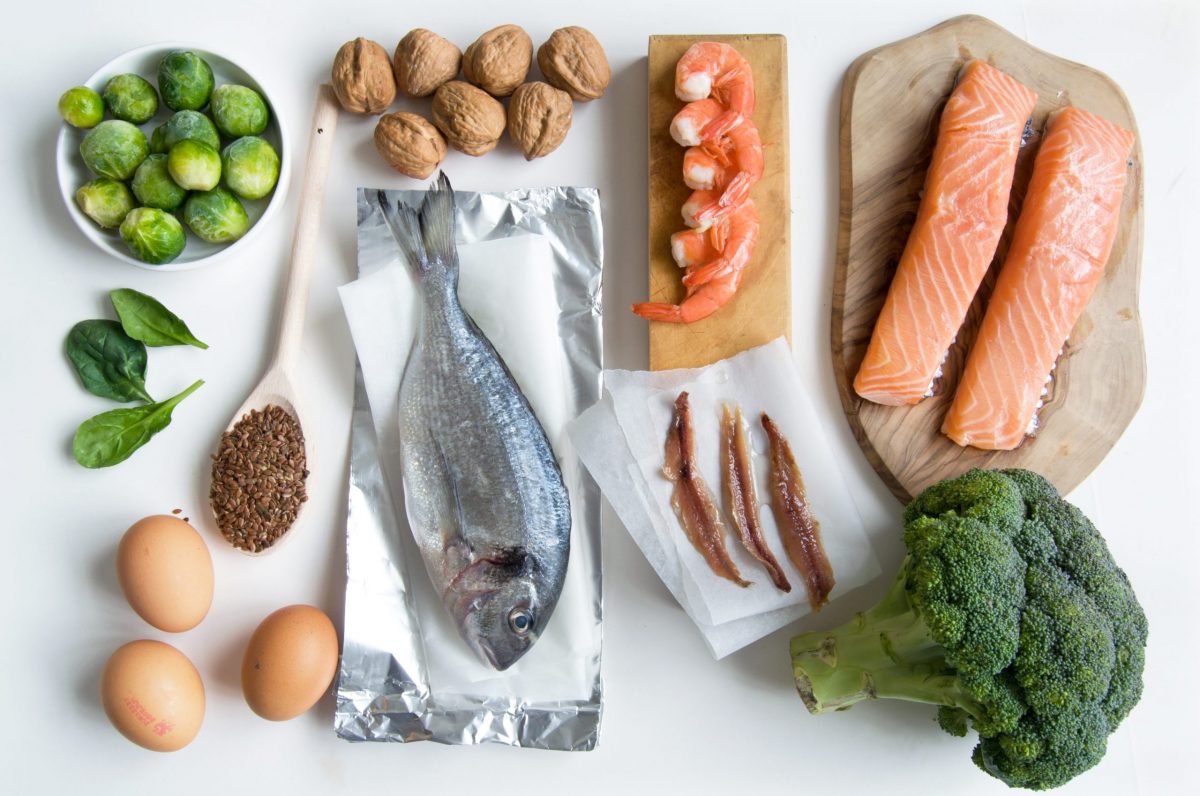When people decide on a place to live, what is one of the most influential factors? Weather. Does it get too cold? Too hot? Too humid? Does it rain too much? How many days of sunshine?
Our DNA has been heavily designed by the environments our ancestors have lived in over thousands of years. The build of your body (even your nose), amount of brown fat (more later), and how you genetically regulate temperature and pain all factor into your experience in any given climate.
Climate, Weather and Mood
Many people are aware of SAD – seasonal affective disorder – a type of depression associated with fewer days of daylight and sunshine in the winter. People feel a lift when there are more hours of sun and warmth, and the desire to exercise may increase. Variants in one gene in the Neurotransmitter Section of the Nutrition Genome Report – BDNF – responds favorably to warmth for mood by increasing BDNF levels and may play a role in this response.
The lesser-known, summer SAD from too much heat and sunshine also occurs. Studies have shown that aggression and violence also increase over 85 degrees Fahrenheit. People with certain types of depression tend to run with a higher body temperature than average. There is a hypothesis that these individuals genetically require “thermal exercise” and stimulation to the skin’s cold receptors to elevate endorphins and noradrenaline to obtain an antidepressant effect continually.
While numerous factors go into the list of happiest countries, it seems interesting that Finland, Denmark, and Norway all experience long periods of dark, cold and wet weather yet continually dominate the top of the list.
The Genetic Body Type for Hot and Cold Weather
Have you ever wondered why humans have such a diversity of body types? Allen’s rule from the 1800s explained that limb length and surface area to volume of the body was based on cold and warm climate evolution in animals and humans.
In colder weather, shorter limbs and stocky builds are advantageous to retain heat. In warmer climates, longer torsos, longer limbs, and a lower body mass index are found where the higher surface area increases heat loss to stay cool. In particular, those from colder climates have shorter legs for their height, and those from warmer climates have longer legs proportionally for their height.
Even our nose has been shaped by the climate. In the warm, humid air, a wider nose with broad nostrils is selected to allow more air in but will be more irritated by cold and dry air and lead to nose bleeds. A narrow nose will more easily breathe in cold air, with narrow passages warming the air, but struggle with breathing warm and humid air.
A rat study done in 1968 helped replicate some of these findings and reported that narrow nasal passages, broader faces, and shorter legs survived the best in the cold.
Researchers have also shown that a person’s ability to sweat, skin pigmentation, heart health, muscle mass, and how close one’s blood vessels are to the surface of the skin are all among the factors that determine a person’s adaptability to heat and cold stress.
White Fat, Brown Fat and Muscle Mass
White fat acts as energy storage, but too much can accumulate and cause health issues. Brown fat – on the other hand – ramps up our metabolism, burning calories to produce heat and has been investigated for its role in reducing obesity. An increase in brown fat has been linked to improved insulin sensitivity, leptin, and adiponectin levels. Brown fat is higher at birth and declines into adulthood.
Exposure to cold directs stem cells to produce more brown fat, even in adulthood. Intense aerobic exercise stimulates irisin, which is an activator of brown fat. Therefore cold exposure combined with rigorous aerobic exercise is an excellent combination for weight loss.
A study in 2018 challenged the notion that a higher body fat composition creates more insulation against the cold. Researchers found that higher muscle mass reduced heat loss from the hands in ice water more than body mass, stature, and fat mass.
Genetic Links to Higher Amounts of Brown Fat
The Inuit share genetic variants from the Denisovans and Neanderthals that promote more brown fat utilization and, therefore, heat, and a genetic adaptation that directs periodic pulses of blood to the hands to combat frostbite. A similar find was a Denisovan gene shared in Tibetans that helps them use oxygen more efficiently at high altitudes.
A gene in the Cardiovascular Section of the Nutrition Genome Report – ACTN3 – is highlighted as one of the major genes for power and sprint performance for the RR genotype. The XX genotype is not linked to power and sprint and performance, but appears to be selected for another reason. Researchers found that the selection of XX appears to be for more fatigue-resistant muscles that generate heat from the activation of brown adipose tissue, providing a tentative explanation for the evolutionary advantage of carrying the XX genotype in a cold climate.
The Genetic Response to Heat and Cold Stress
Research has suggested that 26% of the variance in heat stress responses can be explained by genetic factors, while 60% of the variance in cold pain responses are explained by these variations.
Heat adaptation is divided into humid heat (tropical conditions) and dry heat (desert conditions). Those who are tall, thin with a low body fat percentage, a wider nose, and darker skin will adapt best to humid heat. This is due to the increased surface area to volume for dissipating heat, improved protection against UV radiation, and a lower sweat threshold (humidity of the surrounding air prevents the evaporation of perspiration, which can lead to heatstroke from a high sweat rate).
Those who are thin but not tall, sweat freely but need more hydration, have moderate skin pigmentation, and a narrow nose for the dry, cold nights will adapt best to dry heat climates.
Like fat and carbohydrate intake, cold adaptation has a clear correlation with ancestral latitude. The further north you go, the more you see genetic variants change in favor of cold adaptation. Population studies show that indigenous black Africans have reduced shivering thermogenesis in the cold and poor cold-induced vasodilation in fingers and toes compared to Caucasians and Inuit.
The combination of your body type and genetic variants help determine your ability to withstand the pain of cold and resistance against hypothermia. Those who have more muscle mass, are shorter, have a narrow nose, and genetic variants for more brown fat will adapt best to cold and dry climates.
Adaptation to Your Climate
Dr. Brian S. Drummond, a clinical assistant professor and medical director for the University of Arizona Medical Center-South Campus, stated that “If you put two people in an environment with the same stimulus, over time, they will still carry a genetic predisposition. One person’s body may change to adapt, but it won’t change as much as someone of a different predisposition who does better in that climate.”
While there are certain aspects about yourself you can’t change in regards to climate adaptation, you may be able to alter your body composition to better fit your climate.
If you are in a hot climate (or experience a sweltering summer), getting your body fat percentage down and staying lean may help you more efficiently dissipate heat. If you have northern heritage, incorporate cold showers and ice baths combined with intense aerobic exercise to stimulate more brown fat if you struggle with weight loss.
If you are in a cold climate (or experience a frigid winter), increasing muscle mass and participation in outdoor aerobic activities in the cold will help increase brown fat, heat production, and cold adaptation. If you find that your mood is enhanced by warmth, consider warm baths or a sauna to help give you a boost during the cold months.
Hit your health goals faster
We'll help you remove the guesswork
Experience the most advanced nutrigenomic test available, covering 100 clinically relevant genes for a "whole body" analysis. Take control of your health today.
$359
